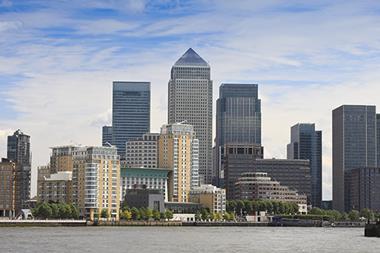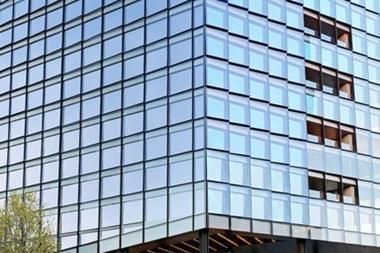What a week! Boris Johnson’s announcement that Plan B restrictions are being lifted did not distract attention from a totally self-inflicted leadership crisis (as Property Week went to press, it looked as though he was about to be given the heave-ho after being accused of “defending the indefensible” over ‘Partygate’).

What it did do was signal that masks will soon no longer be required and that we will be back in the office once more.
Or will we? Two seemingly contradictory trends are currently evident in the office market. On the one hand, you have the likes of the Government Property Agency looking to slash its space by 25%, while 30 businesses take part in a six-month trial of a four-day week (potentially reducing their need for office space) and experts warn that having lost the equivalent of 239 football fields’ worth of office space last year, the market could shed even more space this year.
On the other, you have Google shelling out £762.5m to buy its London HQ in the largest West End deal on record, Native Land going under offer to buy New London House in the City of London for more than £70m, Brunswick Property Partners buying The Eversholt in Euston for £110m and Colliers predicting London office investment could soar 53% this year to £18bn as international investors pile back in.
What’s going on? Could we really see office take-up slump while office investment rockets this year? The short answer is ‘yes’. There is usually a pretty clear correlation between take-up and investment, as in demand tends to be simultaneously strong or weak. Not anymore. As we start to emerge from the pandemic, take-up and investment activity appear to be uncoupling themselves – not so much consciously as conscientiously, with poor-quality, unsustainable space being shown the door, while there is a flight to high-quality, sustainable space.
Patron Capital’s Keith Breslauer sums it up in the final part of our 2022 forecast. “From a real estate perspective, most asset classes are undersupplied, with the exception of retail and lower-quality offices,” he notes. “I think there will be a continued evolution towards grade-A properties and tenant demand for best-in-class offices is returning.” His point is echoed by YardNine’s Maxwell Shand. “The bifurcation of the office market will continue as the gap between ‘the best’ and ‘the rest’ widens, fuelled by tightening ESG requirements,” he predicts.
London, in particular, is set to benefit, with Native Land echoing Colliers and forecasting that, with developers as well as large sovereign wealth funds and occupiers in the market, Q1 2022 could be one of the strongest first quarters on record in terms of investment levels.
The regions, too, are poised to thrive in the post-pandemic world, believes Palace Capital’s Neil Sinclair. “There is an increasing appetite for regional offices across the UK,” he observes. “Our view is that those companies that have delayed fulfilling their office requirements may find that when they are ready, the ship will have sailed, and the best spaces will have been snapped up.”
The worst spaces, conversely, will be actively shunned. Read workplaces that don’t meet the increasingly exacting ESG demands of tenants and investors, or that don’t offer the flexibility that hybrid working demands.
In short, this year is likely to be a story of survival of the fittest in the office market. Time will tell if it remains a story of survival of the sh***est in politics.





























No comments yet